توضیحات
ABSTRACT
Smart cities have become a popular concept because they have the potential to create a sustainable and livable urban future. Smart mobility forms an integral part of the smart city agenda. This paper investigates “smart mobility” from the angle of sustainable commuting practices in the context of smart cities. This paper studies a multivariate multiple regression model within a panel data framework and examines whether increasing access to broadband Internet connections leads to the choice of a sustainable commuting mode in Australian local government areas. In this case, access to the Internet is used as a proxy for determining urban smartness, and the use of different modes of transport including working at home is used to investigate sustainability in commuting behavior. The findings show that an increasing access to broadband Internet reduces the level of working from home, public transport use, and active transport use, but increases the use of private vehicles, perhaps to overcome the fragmentation of work activities the Internet creates. How to overcome the need for car-based travel for fragmented work activities while increasing smartness through the provisioning of broadband access should be a key smart city agenda for Australia to make its cities more sustainable.
INTRODUCTION
The concept, “smart city,” has become almost ubiquitous both in academia and in policy circles due to its potential to address a range of negative effects of rapid urbanization (e.g., congestion, CO2 missions), industrialization (e.g., air and soil pollution) and consumerism practices (Mahbub et al., 011; Wiig, 2015; Taamallah et al., 2017; Trindade et al., 2017). While a number of scholars and smart city sceptics raise their concerns about the ongoing global smart city movement (Yigitcanlar and Lee, 2014; Kunzmann, 2015; Angelidou, 2017), many levels of government—local, regional, state, national, and supra national—across the globe still continue to jump on the smart cities bandwagon (Townsend, 2013; Komninos, 2016). Due to diverse disciplinary and sectoral perspectives, there is no common consensus on the definition of smart cities (Angelidou, 2014; Albino et al., 2015). owever, these cities are generally seen as localities that effectively utilize strategic planning approaches and innovative solutions to improve the quality of life of their communities, including ecological, ultural, political, institutional, social, and economic components (Neirotti et al., 2014; Yigitcanlar, 2016).
چکیده
شهرهای هوشمند به یک مفهوم رایج تبدیل شده اند، زیرا آنها پتانسیل ایجاد یک آینده شهری پایدار و زنده را دارند. تحرک هوشمند بخشی جدایی ناپذیر از دستور کار شهر هوشمند است. این مقاله “تحرک هوشمند” را از زاویه اقدامات رفتاری پایدار در زمینه شهرهای هوشمند بررسی می کند. این مقاله یک مدل رگرسیون چند متغیره چندگانه در یک چارچوب داده ها را بررسی می کند و بررسی می کند که افزایش دسترسی به اتصال به اینترنت پهن باند منجر به انتخاب حالت رفت و آمد پایدار در مناطق محلی دولت استرالیا می شود. در این مورد، دسترسی به اینترنت به عنوان یک پروکسی برای تعیین هوش شهرتی استفاده می شود و استفاده از روش های مختلف حمل و نقل از قبیل کار در خانه برای بررسی پایداری در رفت و آمد رفت و آمد استفاده می شود. یافته ها نشان می دهد که افزایش دسترسی به اینترنت پهن باند سطح کار از خانه، استفاده از حمل و نقل عمومی و استفاده از حمل و نقل فعال را کاهش می دهد، اما استفاده از وسایل نقلیه خصوصی را افزایش می دهد، شاید برای غلبه بر تکه تکه شدن فعالیت های کاری اینترنت ایجاد شود. چگونه برای غلبه بر نیاز به سفر مبتنی بر ماشین برای فعالیت های جداگانه کار در حالی که افزایش هوشمندانه از طریق ارائه دسترسی به پهنای باند باید یکی از دستورالعمل های شهر هوشمندانه ای برای استرالیا باشد تا شهرهای خود را پایدارتر کند.
مقدمه
مفهوم “شهر هوشمند” تقریبا همه جا در دانشگاه ها و در محافل سیاسی به دلیل پتانسیل آن در برخورد با طیف وسیعی از اثرات منفی شهرنشینی سریع (به عنوان مثال، حمل و نقل، مأموریت های CO2)، صنعتی شدن (به عنوان مثال، آلودگی هوا و خاک ) و شیوه مصرف گری (Mahbub et al.، 011؛ Wiig 2015؛ Taamallah et al.، 2017؛ Trindade et al.، 2017). در حالی که شماری از محققان و شهروندان شهرکی شک و تردید نگرانی های خود را نسبت به جنبش جهانی حرکتی شهر هوشمند (ییجیت کانالار و لی، 2014؛ کونزمن، 2015؛ Angelidou، 2017)، سطح بسیاری از دولت های محلی، منطقه ای، ایالتی، ملی و فوق العاده ملی در سراسر جهان همچنان در حال حرکت بر روی شهرهای هوشمند شهرنشین است (Townsend، 2013؛ Komninos، 2016). با توجه به دغدغه های انضباطی و بخش های مختلف، توافق عمومی در مورد تعریف شهرهای هوشمند وجود ندارد (Angelidou، 2014؛ Albino et al.، 2015). این شهرها به طور کلی به عنوان مکان هایی هستند که به طور موثر از رویکرد برنامه ریزی استراتژیک و راه حل های نوآورانه برای بهبود کیفیت زندگی جوامع خود، از جمله سازه های زیست محیطی، فرهنگی، سیاسی، سازمانی، اجتماعی و اقتصادی استفاده می کنند (Neirotti et al.، 2014؛ Yigitcanlar، 2016).
Year: 2018
Publisher : ROUTLEDGE
By : Tan Yigitcanlar & Md. Kamruzzaman
File Information: English Language/ 27 Page / size: 1.02 MB
سال : 1396
ناشر : ROUTLEDGE
کاری از : Tan Yigitcanlar & Md. Kamruzzaman
اطلاعات فایل : زبان انگلیسی / 27 صفحه / حجم : MB 1.02


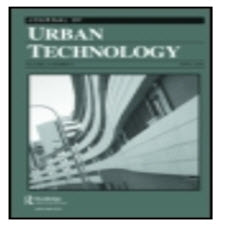
![MesoCity Tehran Workshop Art, Ecology and the City[taliem.ir]](https://taliem.ir/wp-content/uploads/MesoCity-Tehran-Workshop-Art-Ecology-and-the-Citytaliem.ir_.jpg)
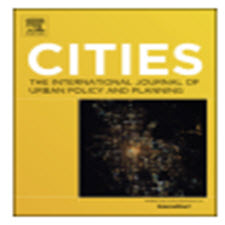
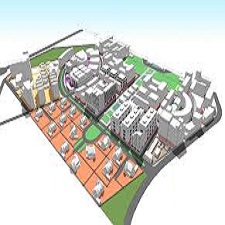
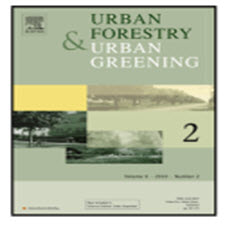


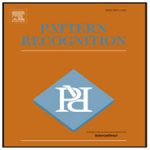
نقد و بررسیها
هنوز بررسیای ثبت نشده است.